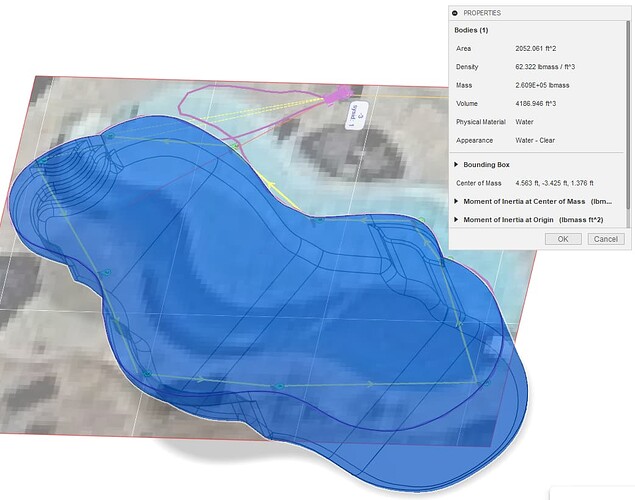Hello,
I am in the planning stages of automating a mower for my property. I’ve spent hours looking for the answer in the wiki and on these forums.
I have a RC brush cutter on its way from China right now (I am in Ohio). I am familiar with ArduPilot and wrote this article which has been in the documentation for years and helped out a lot of other newbies, but I am new to Rover.
I need centimeter-accurate GPS at my property. There isn’t a base station even in Ohio on the rtk2go network that I can see. I’ve contacted ODOT to see if I can access their RTK network, but I doubt that will happen.
Questions:
- How do I see a map of free base stations (other than rtk2go) near me? Am I missing something? It doesn’t look like NTRIP is a viable option for me.
- If there are no base stations close enough for the accuracy I need, will I need three receivers to set up a base station on my property and two for the rover (f+1 for the roving base station on the vehicle)?
I am south of Chillicothe, OH (45601) for reference.
I appreciate any assistance!
